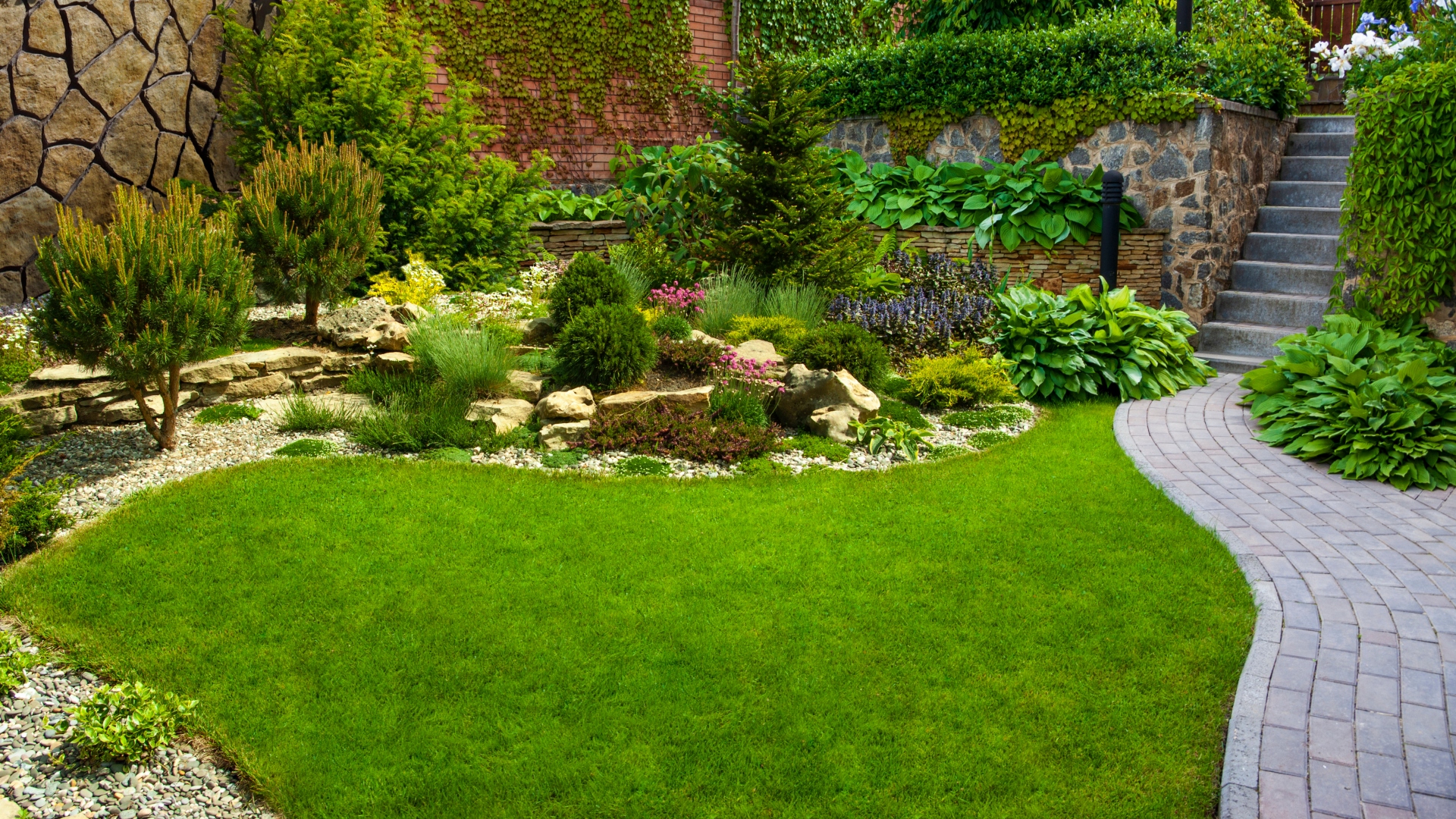12 Ways How Builders Can Utilize Retaining Walls
Retaining walls, traditionally known for their erosion control benefits in landscaping, have evolved into versatile architectural solutions with numerous applications. Beyond just holding back soil, these structures have proven indispensable in many innovative building projects. In this article, we will explore 12 ways builders can harness the potential of retaining walls to shape our living spaces.
1. Erosion Control
At their core, retaining walls are erosion’s nemesis. Especially in regions prone to heavy rain or runoff, these walls act as barriers, holding soil in place. They prevent landslides, reduce sediment runoff into waterways, and help maintain a landscape’s integrity over time.
2. Terracing Sloped Lands
Sloped terrains pose challenges in construction. By employing retaining walls, builders can transform these slopes into a series of flat terraces. This not only makes the land more usable but also adds a unique aesthetic appeal to the landscape, turning a hillside into a step-like structure of green terraces.
3. Creation of Functional Spaces
Retaining walls can be used to carve out functional spaces in a terrain. For instance, they can create level areas for gardens, patios, or even parking lots. By doing so, they optimize the space, making every inch count, especially in areas where flat land is a premium.
4. Aesthetic Appeal
With the variety of materials available, such as stone, brick, or wood, retaining walls can serve as decorative features. Builders can choose materials that complement the surrounding structures, adding a touch of sophistication and cohesiveness to the overall design.
5. Boundary Demarcation
Retaining walls can double as boundary walls. In residential settings, for instance, they can mark the edge of a property while also serving the functional purpose of holding back soil or creating terraces.
6. Flood Control
In areas prone to flooding, retaining walls can act as flood barriers. By redirecting water flow and preventing rapid soil saturation, these walls can help protect properties and reduce the damage caused by flooding.
7. Noise Reduction
Especially when built using dense materials, retaining walls can act as noise barriers. This is particularly useful in urban areas or near busy roads, where they can shield homes and businesses from excessive noise pollution.
8. Enhancing Privacy
Retaining walls, particularly those of a certain height, can enhance privacy for homes and establishments. They act as barriers, shielding properties from prying eyes and creating a sense of seclusion, which many homeowners value.
9. Increasing Property Value
Well-designed retaining walls can significantly enhance a property’s value. They make landscapes more functional, reduce potential erosion or flooding damage, and add an aesthetic element that can be a selling point for prospective buyers.
10. Incorporation of Seating
Some builders incorporate seating into the design of retaining walls. Especially in garden settings or patios, these walls can have built-in benches, offering a functional and space-saving solution for seating.
11. Sustainable Practices
Retaining walls can be integrated into sustainable building practices. For instance, builders can use recycled materials for construction or design walls to manage water runoff effectively, promoting groundwater recharge and reducing stormwater issues.
12. Incorporating Planters
An innovative trend in retaining wall design is the integration of planters. Builders can create niches or pockets in the wall to house plants. This not only softens the look of the wall but also contributes to the local ecosystem and enhances air quality.
13. Boosting Biodiversity
Retaining walls can be designed to promote local biodiversity. By incorporating features such as vertical gardens or ‘green walls,’ these structures can become habitats for various plant species. Not only does this improve the local environment by offering flora and fauna a place to thrive, but it also helps in urban heat island reduction, making spaces cooler and more pleasant.
14. As Artistic Canvases
More and more, builders and architects are collaborating with artists to use retaining walls as canvases for murals and other artworks. This approach transforms an otherwise mundane structure into a vibrant piece of community art. Such collaborations can foster community spirit, promote local culture, and even become landmarks in their own right.
15. Incorporating Technology
The integration of technology with retaining walls offers numerous modern applications. For example, builders can install lighting fixtures within the walls to illuminate pathways or create ambient lighting in outdoor spaces. Similarly, walls can be constructed with embedded sensors to monitor soil moisture or wall integrity, alerting property owners to potential issues before they escalate.
16. Safety and Security
In urban environments, safety and security are paramount. Retaining walls can be fortified to act as barriers against unauthorized access. With added features like security cameras or motion sensors, these walls can play a pivotal role in property security, making them multifunctional structures that offer peace of mind.
For structural integrity, it’s always important to fortify the security by purchasing concrete sleepers in Melbourne or wherever your local retaining wall supplier is located.
17. Integration with Water Features
Water features have always been a popular element in landscaping. Modern designs often merge retaining walls with waterfalls, fountains, or ponds. The cascading water over stone or concrete not only creates a visually arresting display but also generates a calming auditory experience, enhancing the sensory appeal of an outdoor space.
18. Modular and Temporary Uses
In today’s rapidly changing urban landscapes, there’s a need for structures that can adapt. Builders are now employing modular retaining wall systems that can be easily assembled, disassembled, and moved as needed. These are particularly useful for events, temporary parks, or pop-up installations.
Incorporating these additional applications, retaining walls are proving to be more than just soil barriers. They’ve become integral components in the architectural and design realms, merging functionality with artistry, technology, and sustainability. As we move forward, it’s evident that the role of retaining walls in construction will continue to evolve, reflecting the dynamic needs and aspirations of modern societies.

































